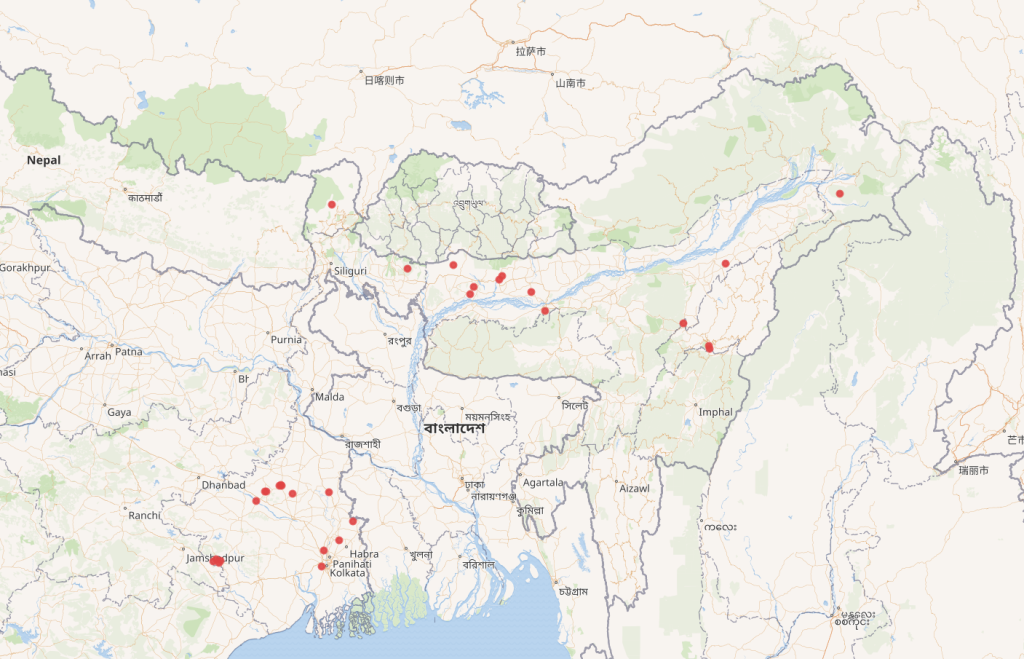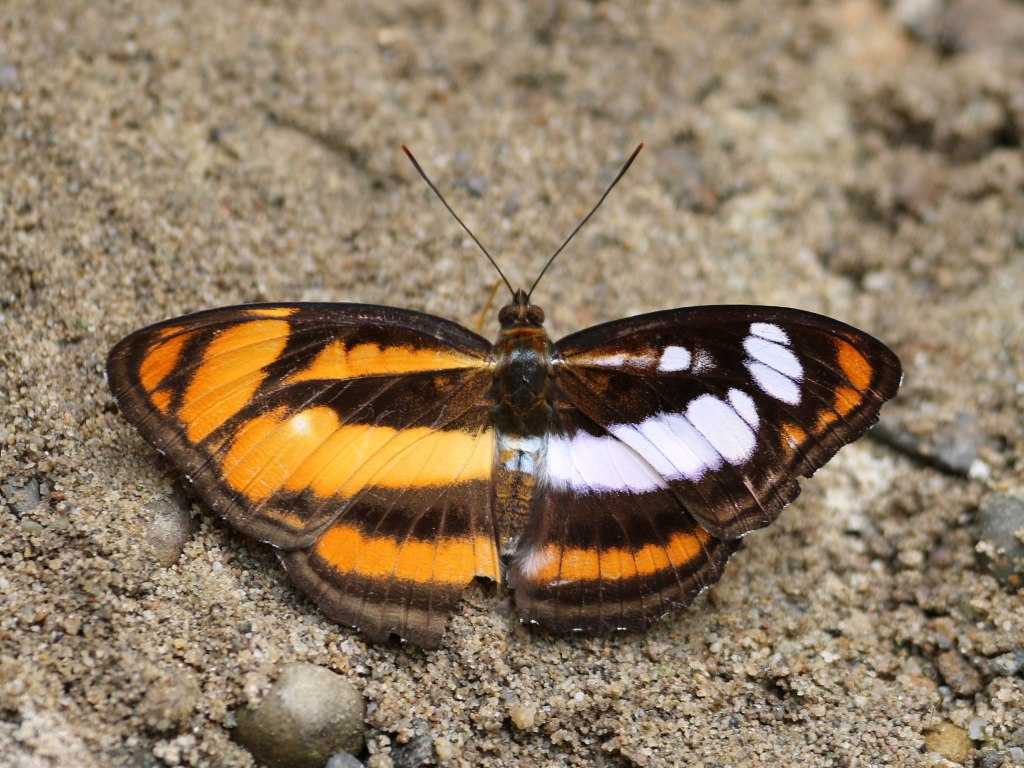Wiki Loves Butterfly (WLB), a digital conservation and field documentation project, is running for five consecutive years by a dedicated group of volunteers passionate about butterflies. Till now, WLB has documented 513 butterfly species and subspecies from different wildlife sanctuaries, tiger reserves, reserve forests, protected areas, butterfly parks and other places located in West Bengal and North-East India. Total number of 4,007 images were uploaded by 20 WLB team members, among which 265 are quality images, 169 are valued images and 5 are featured images.

But the biggest achievement so far is to witness a live gynandromorph for the first time in India. A gynandromorph (synonymous with a sexual mosaic) is an organism that contains both male and female characteristics. This is an extraordinarily rare event that occurs in nature. Butterflies are insects under Arthopod phylum and arthropods are sexually dimorphic. However, developmental defects, which occur at low frequencies under natural conditions, can lead to morphologically anomalous individuals with both male and female traits. So far this is the only living specimen of the Athyma inara inara, all other specimens previously identified in India were of dead butterflies and collected in museums. Six people, among which 3 are members of WLB team – Sourabh Biswas, Atanu Bose and Rajib Dey, captured photographs of a live gynandromorph of Athyma inara inara (Westwood, 1850) – Himalayan Colour Sergeant in Buxa Tiger Reserve, West Bengal in the month of November 2021.

(Atanu Bose CC BY-SA 4.0)
This above image shows bilateral gynandromorphism, i.e. the right and left sides are of different sexes. All distinguishing characteristics like forewing cell streak, spot beyond cell, forewing and hindwing discal band of the left wing have female characteristics, while all those of the right wing are male. Bilateral gynandromorphs are developmental aberrations in which an individual’s body is half male and half female, with cells on either side of the bilateral split containing alternate sex chromosome combinations. Such gynandromorphs are not only fascinating in appearance, but also have a unique physiology.
A scholarly article has been published notifying the finding of this specimen by Khan, K. et al.
Nature always mesmerizes us in fascinating ways. We are humbled to document such a unique natural phenomenon from our little efforts of digital conservation. This gives more motivation and hope to the entire WLB team to find more unique beauties of nature in our future efforts.

Can you help us translate this article?
In order for this article to reach as many people as possible we would like your help. Can you translate this article to get the message out?
Start translation